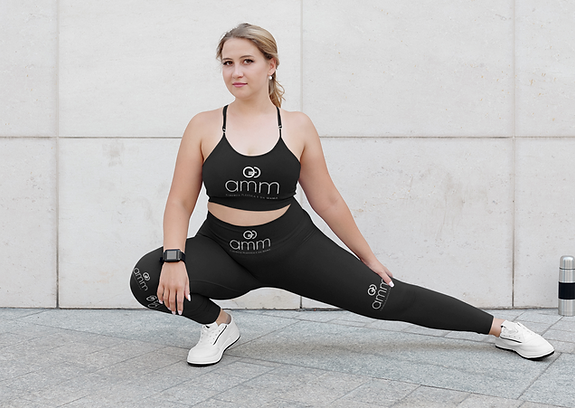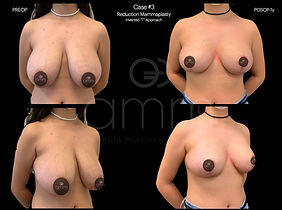Breast Reduction




Breast reduction is a surgical procedure designed to reduce the size / weight of large breasts, while also lifting and reshaping them for a more proportionate and comfortable result. It is commonly performed in young women and even adolescents who suffer from physical discomfort such as back, neck, or shoulder pain, difficulty with physical activity, skin irritation, or trouble finding supportive bras and clothing. Most patients also have sagging (ptosis), which is corrected with a lifting technique during the same procedure, restoring both function and aesthetics.
What You Need to Know....
01
Initial Consultation
At your first appointment, the surgeon will discuss your symptoms—commonly including back and neck pain, bra strap grooves, rashes under the breasts, and emotional discomfort. A physical exam will assess breast size, degree of sagging, and skin quality. In some cases, an orthopedic evaluation may be recommended to understand the full impact of breast weight on your posture and spine health.
03
Incision / Scars
To remove excess breast tissue and reshape the breast, the most common incisions are the vertical “lollipop” (around the areola and down the breast), "L shaped or the inverted-T (anchor) technique, which adds a horizontal scar in the breast fold. The choice depends on the amount of tissue to be removed and the level of ptosis.
05
Functional Benefits
Beyond the cosmetic change, breast reduction often leads to better posture, increased physical activity, and emotional well-being. Clothes and bras fit better, and daily discomfort caused by the weight of the breasts is often significantly reduced or resolved entirely.
02
Anesthesia
Breast reduction is performed under general anesthesia. You will be completely asleep and comfortable during the entire surgery.
04
Breast Lift Procedures
Since most patients with very large breasts also have significant sagging, breast reduction is always combined with a lifting procedure. The nipples are repositioned to a more youthful height, and the breast is reshaped for a natural, elevated appearance.
06
Postoperative Care
After surgery, patients need to wear a surgical support bra, avoid heavy lifting or exercise for several weeks, and follow all wound care instructions. Some swelling, bruising, and temporary numbness are normal. Most patients experience immediate relief from physical symptoms and a significant improvement in quality of life.

Breast reduction surgery is very common, recommended for women—including adolescents—who suffer from post-puberty breast hypertrophy. Excess breast volume/weight can cause premature sagging, as well as symptoms such as back pain (lumbago), shoulder pain, and neck pain (cervicalgia), bra marks, and difficulty playing sports. It also frequently has an emotional impact, with low self-esteem and social embarrassment. According to the American Society of Plastic Surgeons (ASPS), more than 71,000 breast reduction surgeries were performed in the US in 2023, making it one of the procedures with the highest patient satisfaction.

Alexandre M. Munhoz,
M.D., PhD.

Frequently asked questions...




















